How Do Termites Get Into Your House? Complete Guide
Termites can sneak into your home through surprising entry points. They often find cracks in your foundation or gaps around windows and doors. Wood-to-soil contact is another common way drywood termite infestations invade, as well as damaged roofs and siding. Moisture issues attract drywood termite infestations, making your house a prime target. Understanding how termites get in is crucial for prevention. This guide will highlight the sneakiest entry points and offer tips to keep your home safe. You’ll learn what to look for and how to seal those pesky openings. Don’t let termites take over; scroll down for reviews of our top picks on prevention methods and treatments!
Cracks in Foundation
Cracks in the foundation create entry points for termites. These pests can exploit even the smallest gaps, leading to significant termite problems within your home.
Inspect both visible and hidden areas of your foundation regularly. Look for cracks that may be developing over time. A small crack can quickly turn into a larger issue if not addressed promptly.
Sealing these cracks is crucial. Use high-quality sealants or materials specifically designed for this purpose. This action helps prevent termite infestations and protects your home from further damage.
Consider the conditions around your foundation as well. Moisture accumulation near cracks can attract termites, encouraging them to establish a colony nearby. Ensure proper drainage systems are in place to divert water away from your foundation.
Statistics show that homes with untreated cracks are at a higher risk for termite infestations. According to the National Pest Management Association, termites cause billions of dollars in damage each year in the U.S. alone.
Take proactive measures by monitoring for new cracks and addressing them immediately. Regular maintenance and inspections can save you from costly repairs down the line.
Wood-to-Ground Contact
Wood-to-ground contact serves as a significant entry point for termites. Termites thrive in soil and seek out wood that is in direct contact with it. This connection provides them easy access to their primary food source—wood.
Structures like decks and porches often create conditions favorable for termite activity. When wood meets the ground, it can lead to infestations if left untreated. Experts recommend using concrete or metal supports to elevate these structures above ground level. This simple adjustment can significantly reduce the risk of termites invading your home.
Regular inspections are crucial. Check doorframes and other wooden structures for signs of contact with soil. Look for any damage or wood that appears damp, which may indicate termite activity.
Statistics show that nearly 90% of all termite infestations start at ground level. This fact underscores the importance of maintaining a clear separation between wood and soil.
Implementing preventative measures can save homeowners from costly repairs. Treatments such as barriers or chemical applications can deter termites from accessing wood through soil contact.
Moisture Near Foundation
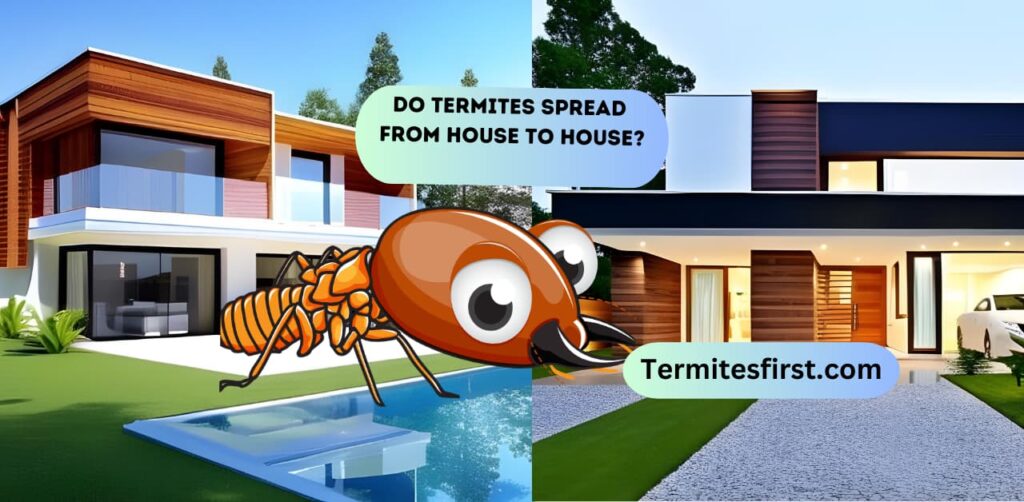
Moisture near the foundation creates a perfect environment for subterranean termites. These pests thrive in damp areas, leading to significant termite damage if left unchecked. Water pooling around the foundation wall invites tiny termites to invade your home.
Managing drainage is crucial. Directing downspouts and gutters away from the house minimizes moisture accumulation. Regular maintenance prevents leaks that can lead to standing water, which attracts these pests.
Subterranean termites often build mud tubes to travel between their nests and food sources. These tubes are a clear termite indication of an infestation. Homeowners should routinely inspect for such signs, as early detection can save thousands in repairs.
Drywood termites also pose a threat, especially in humid climates. They do not require contact with soil and can infest wooden structures directly. Their droppings may appear as small pellets, signaling a potential drywood termite infestation.
Statistics show that homes with moisture issues are 50% more likely to experience termite problems. A thorough termite inspection can identify vulnerabilities before they escalate into a serious situation.
Preventing moisture buildup is essential for maintaining a termite-free home. Simple actions like ensuring proper drainage and regular checks can significantly reduce the risk of a termite issue.
Firewood Storage Proximity
Firewood storage plays a crucial role in preventing dry wood termite infestations. Keeping firewood at least 20 feet away from your home significantly reduces the risk of these pests entering your living space.
Elevating firewood stacks off the ground is essential. This practice prevents moisture accumulation, which attracts termites. When wood sits directly on the soil, it becomes an easy target for these insects. Using pallets or metal racks can effectively elevate the wood.
Regular inspections of stored firewood are vital. Check for signs of dry wood termites before bringing any wood indoors. Look for small holes in the wood, frass (termite droppings), or a hollow sound when tapping on the logs. These indicators suggest an existing infestation.
Statistics show that homes with firewood stored close to the foundation are more prone to termite problems. In fact, homeowners who neglect proper storage methods may experience costly damage. Repairing termite damage can average between $3,000 to $8,000, depending on the severity.
Mulch Against the House
Mulch against the house can attract many termites if not managed properly. Placing mulch directly against your home increases moisture, creating a perfect environment for these pests. This moisture retention is a major factor that draws in subterranean termite activity.
Use inorganic materials like gravel or stones instead of organic mulch. If you prefer organic mulch, keep the layer thin. A thinner layer reduces moisture buildup, making it less appealing to termites.
Regular inspections are crucial. Check mulch frequently for signs of termite activity, such as mud tubes or damaged wood. If you spot any signs, replace the affected mulch immediately.
Consider implementing DIY termite control strategies alongside proper mulch management. For example, using termite baits around the perimeter of your house can help monitor and reduce termite populations.
Consulting with a pest control expert can provide additional insights on effective methods for preventing infestations. They can offer tailored advice based on your specific situation and location.
In summary, managing mulch effectively is key to preventing termite invasions in homes. By using inorganic materials, keeping layers thin, and conducting regular checks, homeowners can significantly reduce the risk of attracting aggressive termites.
Exterior Cracks and Gaps

Exterior cracks and gaps serve as entry points for termites into your home. These small openings can be found in siding, windows, and doors. Even tiny spots can allow termites to infiltrate your living space.
Inspecting these areas regularly is crucial. Look closely where different materials meet, such as brick and wood. These junctions often create weak spots. Termites are attracted to moisture, so any signs of water damage or decay should raise red flags.
Sealing cracks and gaps is a simple yet effective preventative measure. Use caulking to fill in small openings. Ensure weather stripping around doors and windows is intact and functional. Regular maintenance of these seals can significantly reduce the risk of termite infestation.
Conducting regular termite inspections can also help catch potential problems early. Professionals can identify vulnerabilities you might overlook. They have the expertise to recommend specific repairs or treatments.
Statistics show that homes with regular inspections have a lower risk of severe infestations. For example, properties inspected at least once a year see up to a 50% reduction in termite-related damage compared to those that are not inspected.
Plumbing and Utility Entry Points
Plumbing and utility entry points serve as significant entry points for termites. These pests often exploit gaps around pipes and wires. They can create mud tubes to navigate from the ground to your home. These tubes help them stay moist while traveling.
Seal any gaps around plumbing pipes and utility lines entering your house. Use materials like silicone caulk or expanding foam. These options effectively fill holes and prevent termite access. Regular maintenance is crucial. Inspect areas where pipes enter the home for wear or new openings that may develop over time.
Termites can also enter through damaged or poorly sealed utility lines. According to the National Pest Management Association, nearly 1 in 5 homes will experience a termite infestation at some point. The cost of treatment can average $3,000, highlighting the importance of prevention.
Inspecting these entry points regularly can save money and hassle in the long run. Look for signs of mud tubes, which are typically about the diameter of a pencil. If you notice them, act quickly to address potential infestations.
Crawl Space Access Points
Crawl space access points serve as critical entryways for termites, particularly subterranean termite species. These pests can easily infiltrate homes through unsecured vents and access doors. Once inside, they establish subterranean termite colonies, leading to significant structural damage.
To prevent this, secure all crawl space vents and access doors. Use durable materials to cover these openings. Regular inspections are essential to identify any signs of moisture, which attract subterranean termite workers. Addressing moisture issues promptly can significantly reduce the risk of infestation.
Maintain proper ventilation in the crawl space. Good airflow helps keep the area dry, making it less appealing to termites. The presence of stagnant air creates a perfect environment for these pests to thrive.
Consider scheduling a free termite inspection with a pest control professional. This proactive measure can help identify potential vulnerabilities in your crawl space before they lead to a full-blown infestation. Ongoing termite monitoring is crucial after initial treatments to ensure that any remaining subterranean termite colonies do not resurface.
Attic Vents
Attic vents serve as a common entry point for bac termites. These pests can easily find their way into your home if these areas are not properly maintained.
Installing screens on attic vents is crucial. Screens block termite entry while still allowing airflow. This simple measure can significantly reduce the risk of an infestation.
Regular inspections of attic vents are essential. Look for any signs of damage or gaps that could serve as potential entry points. Even small openings can allow various termite species to infiltrate your home, leading to costly repairs.
Proper insulation management is also vital. Ensure that insulation does not obstruct vent openings. Blocked vents can lead to moisture buildup, creating an ideal environment for termites to thrive.
Statistics show that around 600,000 homes in the U.S. experience termite damage annually, costing homeowners approximately $5 billion. Keeping attic vents secure and well-maintained helps prevent this kind of damage.
In summary, proactive measures like screening vents, regular inspections, and ensuring proper airflow can help protect your home from termite infestations. Taking these steps can save you time, money, and stress in the long run.
Tree Branches Touching Roof
Tree branches touching the roof create a direct pathway for termites to access your home. Trimming these branches is a crucial step in preventing infestations. Termites often use these overhanging branches as highways to reach wooden structures.
Inspect trees regularly for signs of decay or damage. Dead wood attracts various termite species, increasing the risk of colonies forming nearby. Look for hollowed-out sections or peeling bark on trees, which can indicate existing infestations.
Maintaining a safe distance between trees and your home is essential. Ideally, keep at least 10 feet between tree trunks and the structure. This distance limits potential infestations by reducing the chances of termites reaching your home.
Consider the following tips:
- Trim branches regularly to prevent contact with the roof.
- Inspect surrounding trees for any signs of damage.
- Use mulch sparingly around tree bases to avoid creating moisture, which attracts termites.
Conclusion:
Termites are sneaky pests that can invade your home through various entry points. Understanding these access routes is crucial for prevention. Cracks in the foundation, wood-to-ground contact, moisture, and even firewood storage can all attract termites.
Stay vigilant! Regularly inspect your home for vulnerabilities. Seal cracks and gaps, maintain proper wood storage, and manage moisture levels. By taking these steps, you can protect your property from costly termite damage. Don’t wait until it’s too late—act now to safeguard your home. Your proactive measures today can save you headaches tomorrow.
FAQ’s:
Termites typically enter through cracks in the foundation, wood-to-ground contact, and gaps around plumbing or utilities. They can also find entry points through attics and crawl spaces.
Look for mud tubes, discarded wings, hollow-sounding wood, and frass (termite droppings). Early detection is key to preventing extensive damage.
Yes, excessive moisture near the foundation creates an ideal environment for termites. Fix leaks and ensure proper drainage to reduce risk.
Storing firewood close to your home can invite termites. Keep firewood at least 20 feet away from the house and elevated off the ground.
Seal cracks and gaps, maintain proper drainage, store firewood away, and regularly inspect your property. These steps significantly reduce the risk of infestation.
Yes, tree branches that touch your roof can provide a bridge for termites. Trim branches back to minimize this risk.
Contact a pest control professional immediately for an inspection. Early treatment can minimize damage and save you money in repairs.
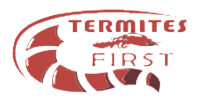
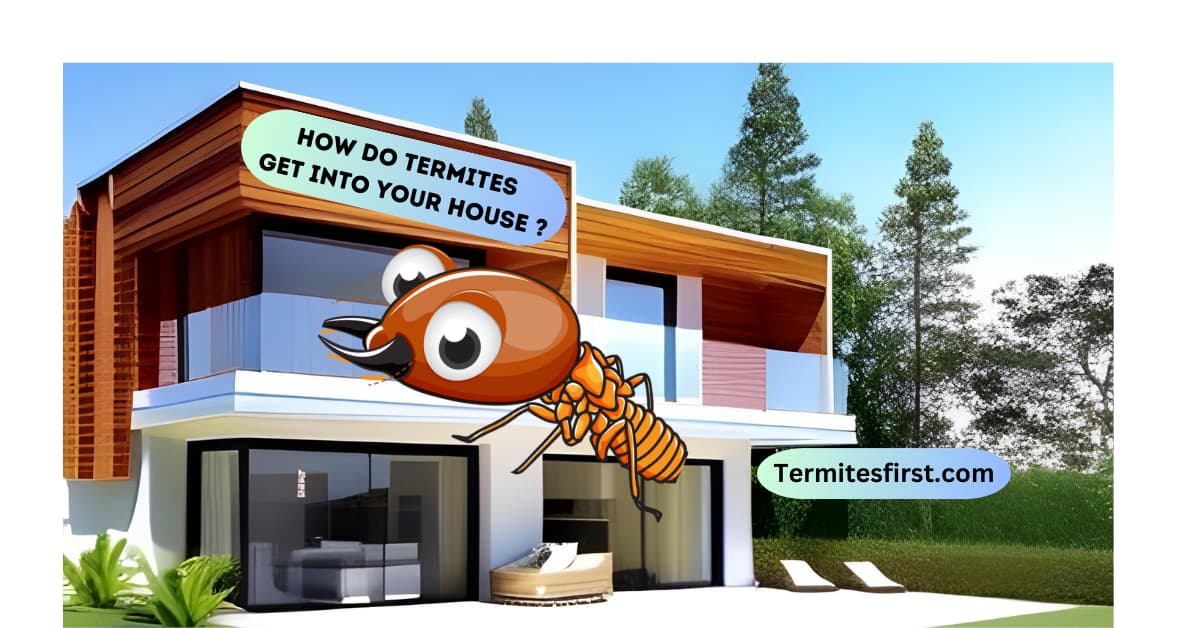
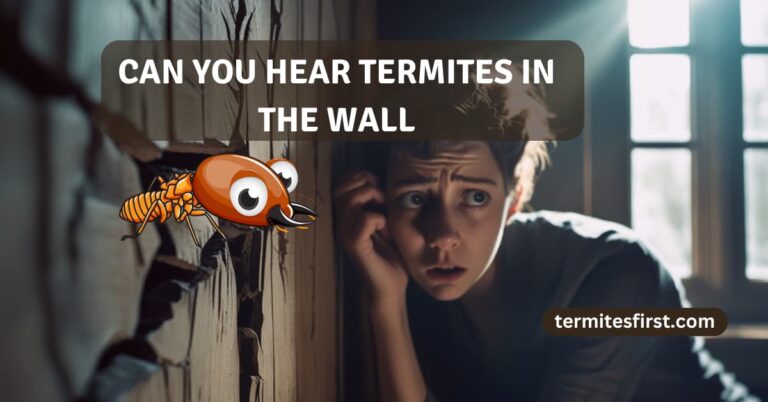
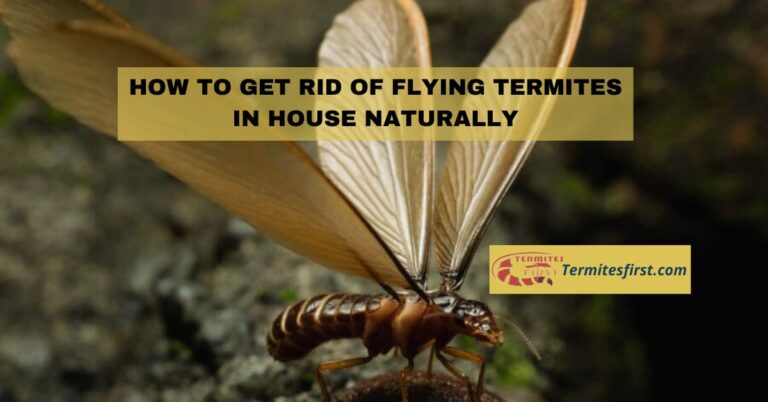
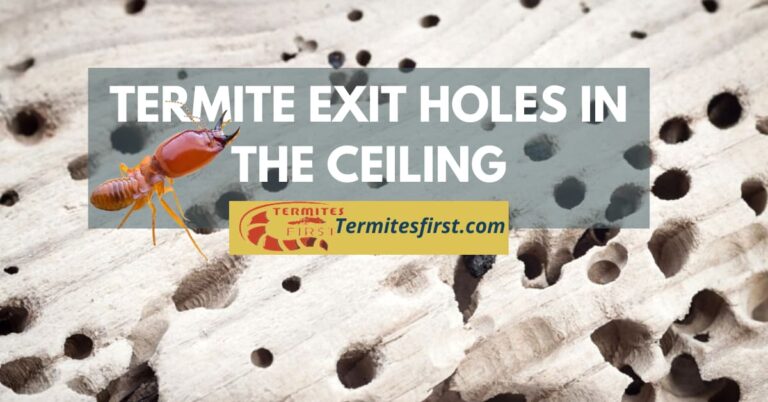
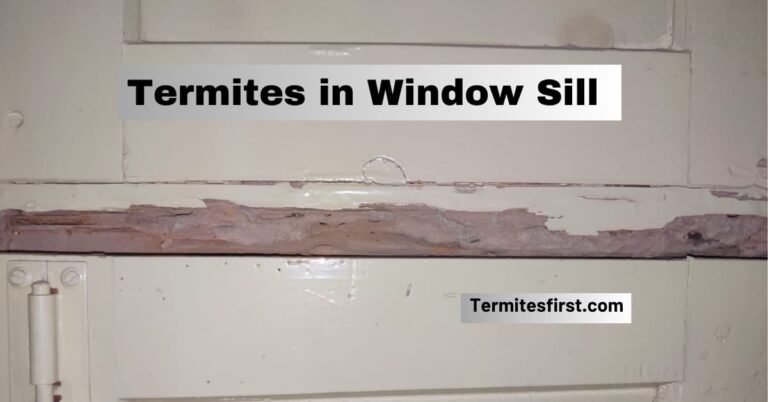
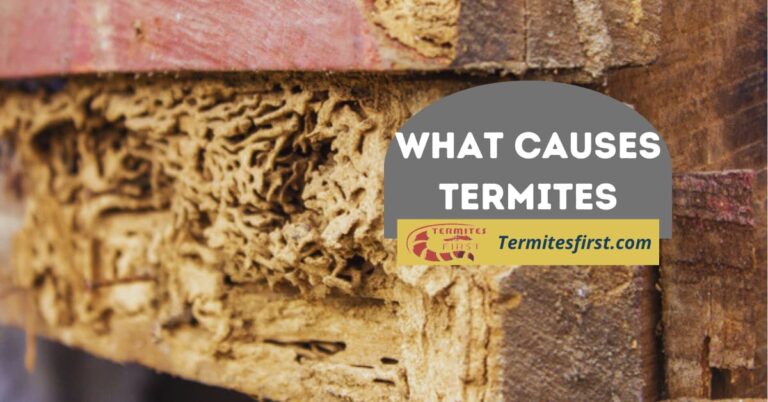
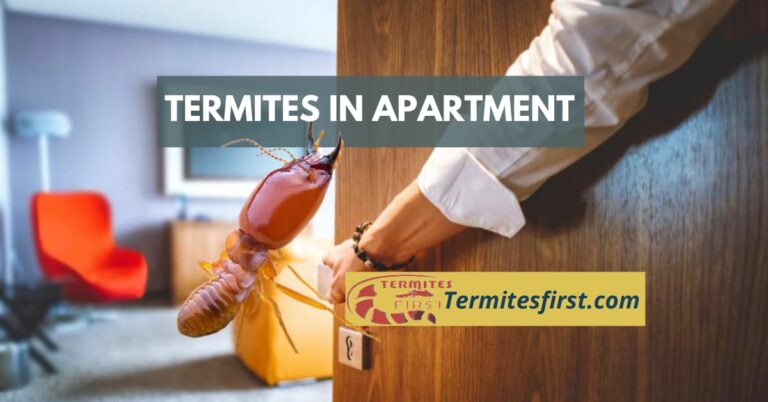
4 Comments